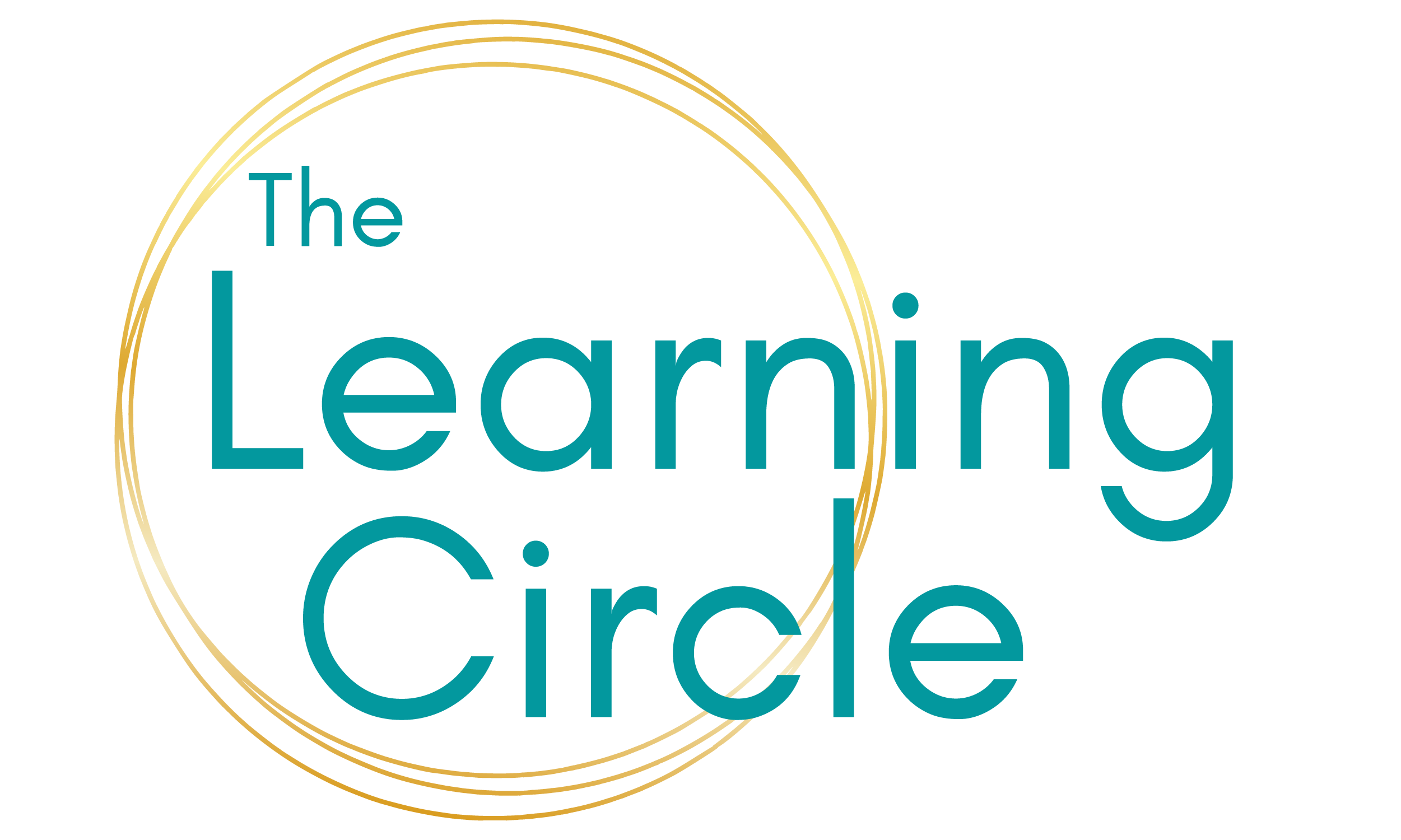Bringing social learning elements into online learning
In face to face learning environments, we expect to learn through interactions with others. However, this is often overlooked in online learning environments.
Feb 2
When we were creating the Learning Circle, one of the
features that was a non-negotiable for us was the inclusion of social learning
elements.
This stems from Social Learning Theory (Bandura, 1977) which argues knowledge is constructed when individuals are engaging in activities, receiving feedback and participating in human interaction.
At the core of Social Learning Theory is the idea of embracing and nurturing the interdependence between learning and interaction (Hill, Song, & West, 2009).
This is a really important concept to consider for anyone involved in teaching and learning.
In most learning situations, there are three main interactions the learner has:
1. Interaction with the content
2. Interaction with the teacher/facilitator
3. Interaction with other learners
Learning occurs through all of these interactions.
This stems from Social Learning Theory (Bandura, 1977) which argues knowledge is constructed when individuals are engaging in activities, receiving feedback and participating in human interaction.
At the core of Social Learning Theory is the idea of embracing and nurturing the interdependence between learning and interaction (Hill, Song, & West, 2009).
This is a really important concept to consider for anyone involved in teaching and learning.
In most learning situations, there are three main interactions the learner has:
1. Interaction with the content
2. Interaction with the teacher/facilitator
3. Interaction with other learners
Learning occurs through all of these interactions.

Think about your typical communicative English language classroom.
Imagine this:
- The teacher sets the context for a speaking task
about giving opinions about the use of AI for study and assessment by asking
students to discuss how they use AI. While
the students are talking, some students learn new words or grammatical
structures from other students.
(Learning here is happening from interaction with others).
- The class uses a coursebook to look at
functional language for giving opinions and agreeing/disagreeing (learning
through interaction with content). The
teacher adds some more examples of the functional language to whiteboard
(learning through interaction with the teacher) , and then asks students if
they have any more to add (learning through interaction with other learners).
- The students use the functional language to
discuss the topic. While they are doing
this, students hear how other students are using language to complete the task,
and might change the way they respond to mirror this. (Learning through
interactions with other learners).
- The teacher gives feedback at the end of the task by writing some great sentences they heard and some errors for the class to correct together (learning through the teacher and other learners).
The idea that learning occurs across these three interaction types is generally accepted in face to face teaching and learning. However, when we transition over to online learning, sometime the only interaction on offer is with the content. This is particularly true when the learning is asynchronous (you work through it at your own pace in your own time).
So, it was really important to us that we found ways to incorporate social learning elements (all three interactions) into the Learning Circle.
We do this by:
- Adding social learning elements in our
courses. We might ask a question about
your opinion, or ask you to describe an activity you use, or upload a lesson
plan or task. Or we might ask what
challenges you have experienced with a particular aspect of teaching. You can respond in the course and see and
comment on other people’s posts. And
we’ll be in there commenting too. We all
learn from each other. The best thing is that it is right there in the context
of the course, not in a decontextualised facebook group or online forum outside
of the course environment. Asynchronous discussions
contribute to allowing learners time to reflect and helps in the assimilation
of course
(Garrison & Cleveland-Innes, 2005)
- There are discussion boards by topic (example,
teaching writing) or context (for example, teaching Business English) where you
can generate your own questions and seek ideas from the community, or share
something that really worked for you in class.
- Monthly online Hackathons allow you to interact
and work collaboratively with other Learning Circle members in a synchronous
manner. You share ideas to complete a
task related to a teaching topic.
So make the most of your learning experience and be an active participant. You never know which discussion may lead to a teaching breakthrough or a fabulous new activity to use in class.
References:
Bandura, A. (1977). Social Learning Theory. United Kingdom: Prentice Hall
Garrison, R. D., & Cleveland-Innes, M. (2005). Facilitating Cognitive Presence in Online Learning: Interaction Is Not Enough. American Journal of Distance Education, 133-148
Hill, J. R., Song, L., & West, R. E. (2009). Social Learning Theory and Web-Based Learning Environments: A Review of Research and Discussion of Implications. American Journal of Distance Education, 88-103
Bandura, A. (1977). Social Learning Theory. United Kingdom: Prentice Hall
Garrison, R. D., & Cleveland-Innes, M. (2005). Facilitating Cognitive Presence in Online Learning: Interaction Is Not Enough. American Journal of Distance Education, 133-148
Hill, J. R., Song, L., & West, R. E. (2009). Social Learning Theory and Web-Based Learning Environments: A Review of Research and Discussion of Implications. American Journal of Distance Education, 88-103


-
Newsletter Sign-Up
-
Privacy Policy
-
Terms & Conditions
The Learning Circle was created on Whadjuk Noongar Boodja. We acknowledge Traditional Owners of land across the globe, and their connection to land, water, community.
Copyright © 2024
